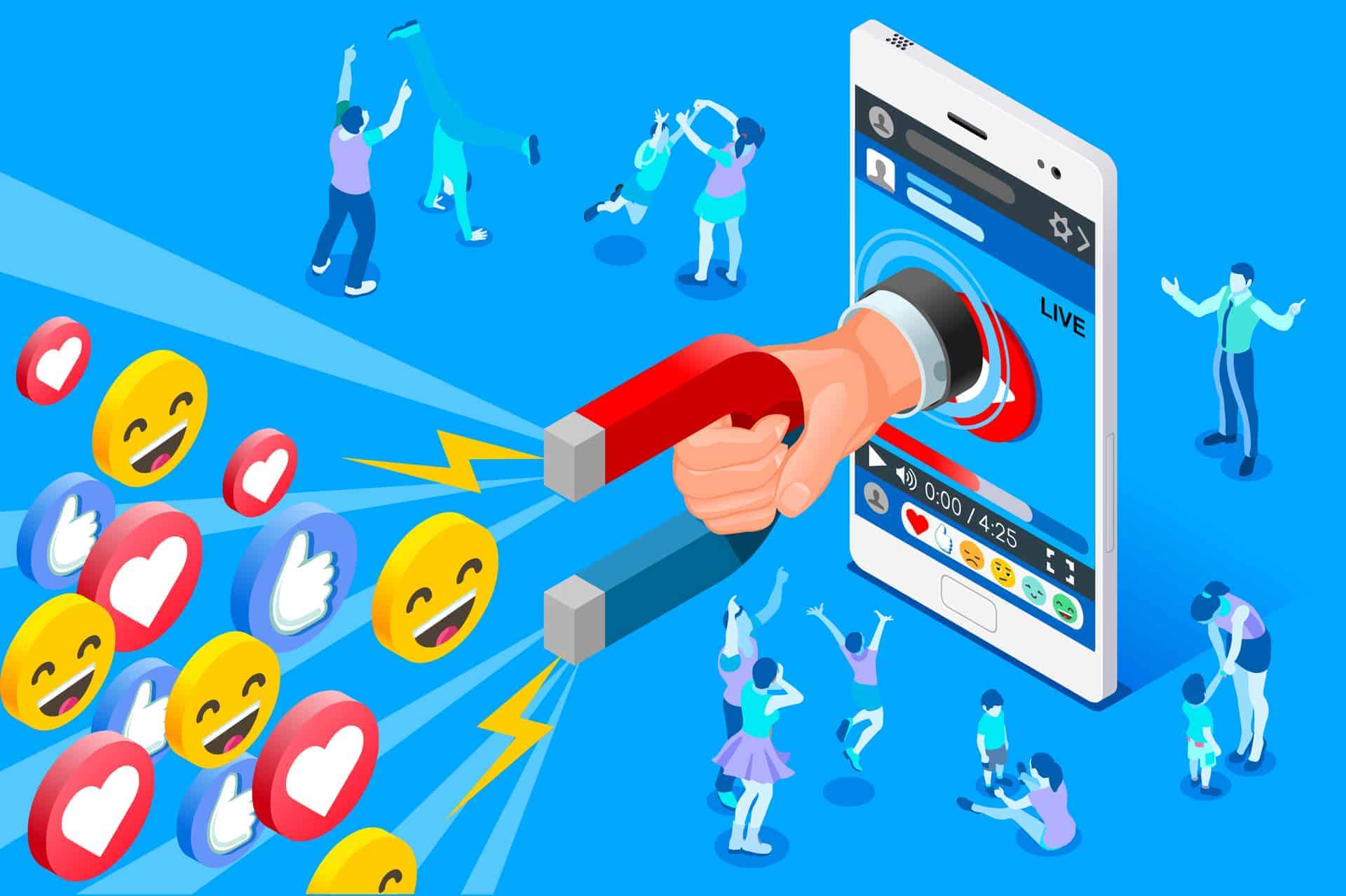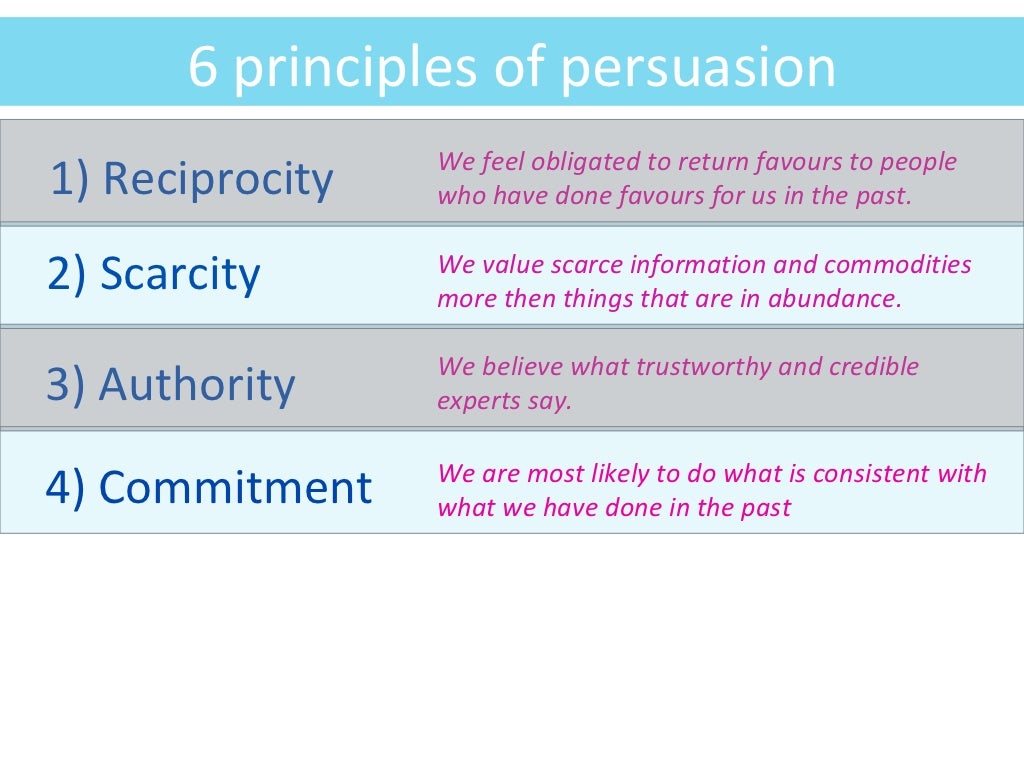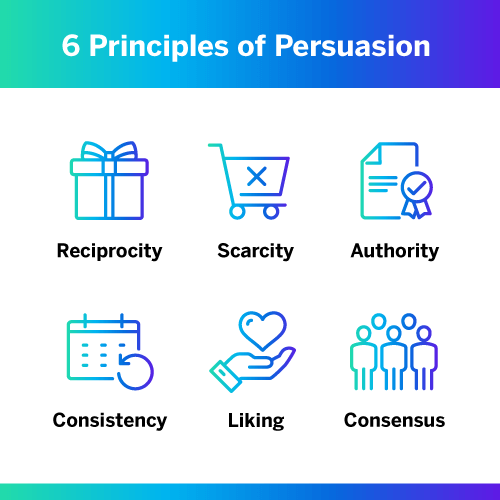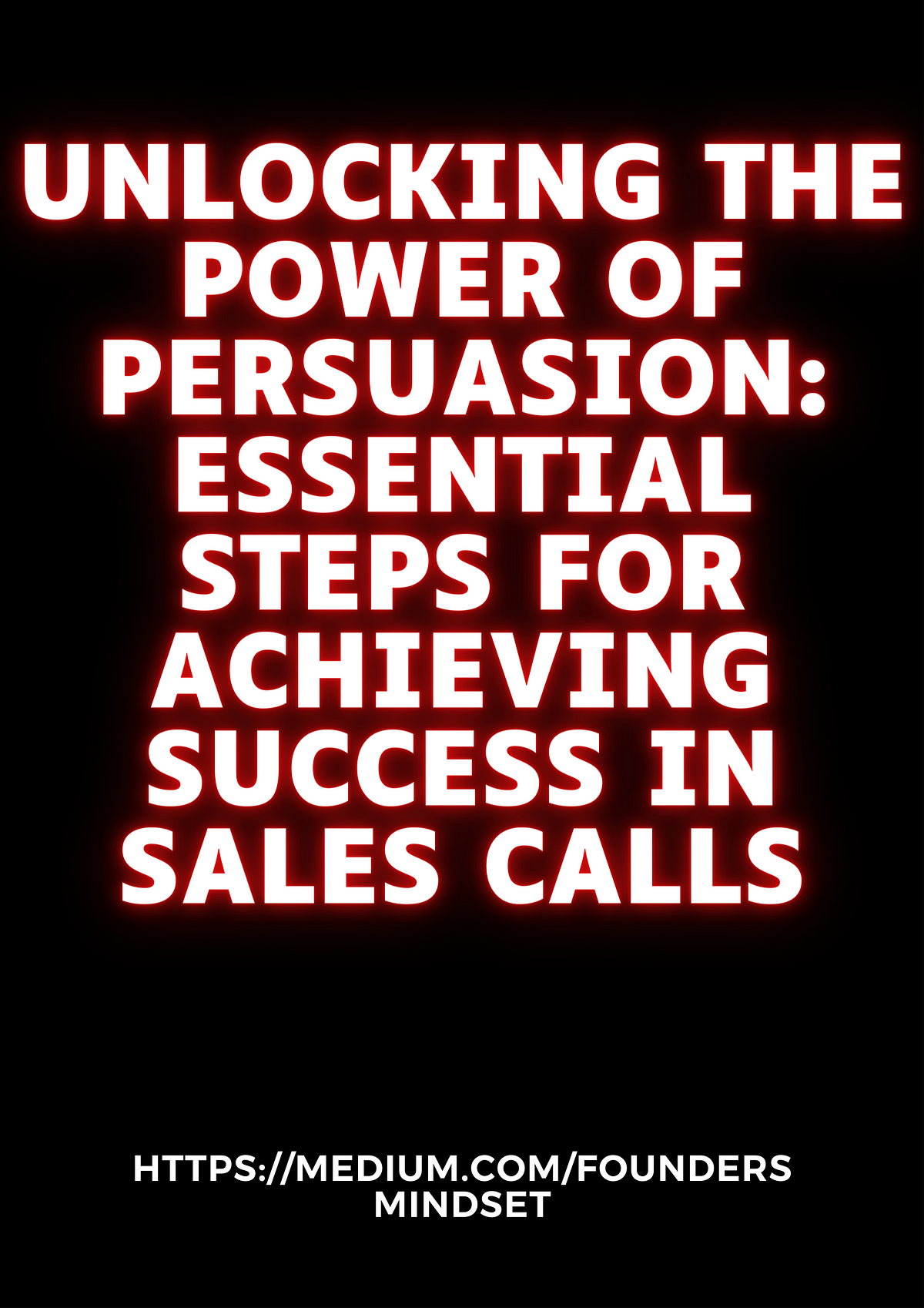Unlocking the Power of Persuasion: A Guide to Communicating Your Product’s Value

As an interior design expert and architect, I’ve spent years crafting spaces that resonate with people’s needs and desires. This experience has taught me the importance of effective communication, particularly when it comes to showcasing the value of a product or service.
To help you effectively communicate your product’s worth, let’s dive into the key principles of persuasive communication, focusing on how to identify and articulate the features and benefits that truly matter to your ideal customer.

1. Know Your Audience: The Foundation of Effective Communication
Before you can even begin to talk about your product, you need to understand your ideal customer. Who are they? What are their needs, desires, and pain points? What motivates them to make a purchase?
Here are some key questions to consider:

- Demographics: Age, gender, location, income level, education, occupation, lifestyle
- Psychographics: Values, beliefs, interests, personality traits, hobbies, attitudes
- Needs and Desires: What problems are they trying to solve? What are their aspirations? What are their goals?
- Pain Points: What challenges or frustrations do they experience? What are their biggest concerns?
- Motivations: What drives them to make a purchase? What are their priorities?



2. Identify Your Product’s Unique Selling Proposition (USP)
Your USP is what makes your product or service stand out from the competition. It’s the single most compelling reason why someone should choose you over everyone else.

Here’s how to define your USP:

- Analyze your competitors: What are their strengths and weaknesses? What are they offering that you’re not? What are you offering that they’re not?
- Focus on the benefits, not just the features: What problems does your product solve? How does it make your customers’ lives better?
- Keep it concise and memorable: Your USP should be easy to understand and remember.


3. Translate Features into Benefits: Connecting with Customer Needs
Features are what your product is. Benefits are what your product does for your customer.
Example:

- Feature: A high-quality, ergonomic chair.
- Benefit: Provides comfort and support for long workdays, reducing back pain and fatigue.

Here’s how to effectively communicate benefits:

- Use strong verbs and action words: "Reduces," "improves," "enhances," "eliminates"
- Focus on the emotional impact: How does your product make your customers feel?
- Use quantifiable results: "Increases productivity by 20%," "Saves you 10 hours per week."
- Tell a story: Share a real-life example of how your product has helped someone.
4. Tailor Your Communication to Different Channels
The way you communicate your product’s value will vary depending on the channel you’re using.
Here are some examples:
- Website: Use clear, concise language and high-quality images and videos to showcase your product’s features and benefits.
- Social Media: Engage with your audience through interactive content, share customer testimonials, and run contests and promotions.
- Email Marketing: Segment your email list and send targeted messages based on customer interests and needs.
- Sales Calls: Listen carefully to your customers’ needs and tailor your presentation accordingly.
5. Examples of How to Highlight Features and Benefits
Let’s look at some examples of how to effectively communicate the features and benefits of a product or service, using the context of interior design and architecture:
Example 1: A Sustainable Building Material
- Feature: Made from recycled materials.
- Benefit: Reduces your environmental footprint and promotes a more sustainable lifestyle.
- Communication: "Our eco-friendly building materials are crafted from recycled materials, minimizing waste and contributing to a healthier planet. Choose a sustainable future for your home without compromising on quality or style."
Example 2: A Smart Home System
- Feature: Voice-activated control of lighting, temperature, and security.
- Benefit: Enhances convenience, safety, and energy efficiency.
- Communication: "Imagine controlling your home’s lighting, temperature, and security with just your voice. Our smart home system puts you in control, creating a seamless and personalized living experience."
Example 3: A Personalized Interior Design Service
- Feature: Customized design plans tailored to your individual needs and preferences.
- Benefit: Creates a unique and functional space that reflects your personality and lifestyle.
- Communication: "We believe that your home should be a reflection of you. Our personalized interior design service takes your individual needs and preferences into account, creating a space that is both beautiful and functional."
6. Beyond Features and Benefits: Focus on the "Why"
While features and benefits are important, it’s also crucial to communicate the "why" behind your product. What is your mission? What values do you stand for? Why should your customers care?
Example:
- Why: "We are passionate about creating sustainable and beautiful spaces that inspire and enrich lives."
- Why: "Our mission is to empower homeowners with the tools and knowledge they need to create their dream homes."
7. The Power of Storytelling
Stories are a powerful way to connect with your audience and create an emotional connection with your product. Share real-life examples of how your product has helped people. Use testimonials and case studies to demonstrate the tangible results of using your product.
8. Embrace the Power of Visuals
Images, videos, and infographics can be incredibly effective in communicating the features and benefits of your product. Use high-quality visuals to showcase your product’s functionality, design, and impact.
9. Continuously Improve Your Communication
The key to effective communication is to constantly learn and adapt. Pay attention to customer feedback, track your results, and experiment with different approaches.
Conclusion:
By understanding your audience, identifying your USP, translating features into benefits, and communicating the "why" behind your product, you can effectively communicate the value of your product or service to potential customers. Remember to use storytelling, visuals, and a variety of channels to reach your target audience and create a lasting impression.
This is not just about selling a product; it’s about building relationships, fostering trust, and creating a loyal customer base.

